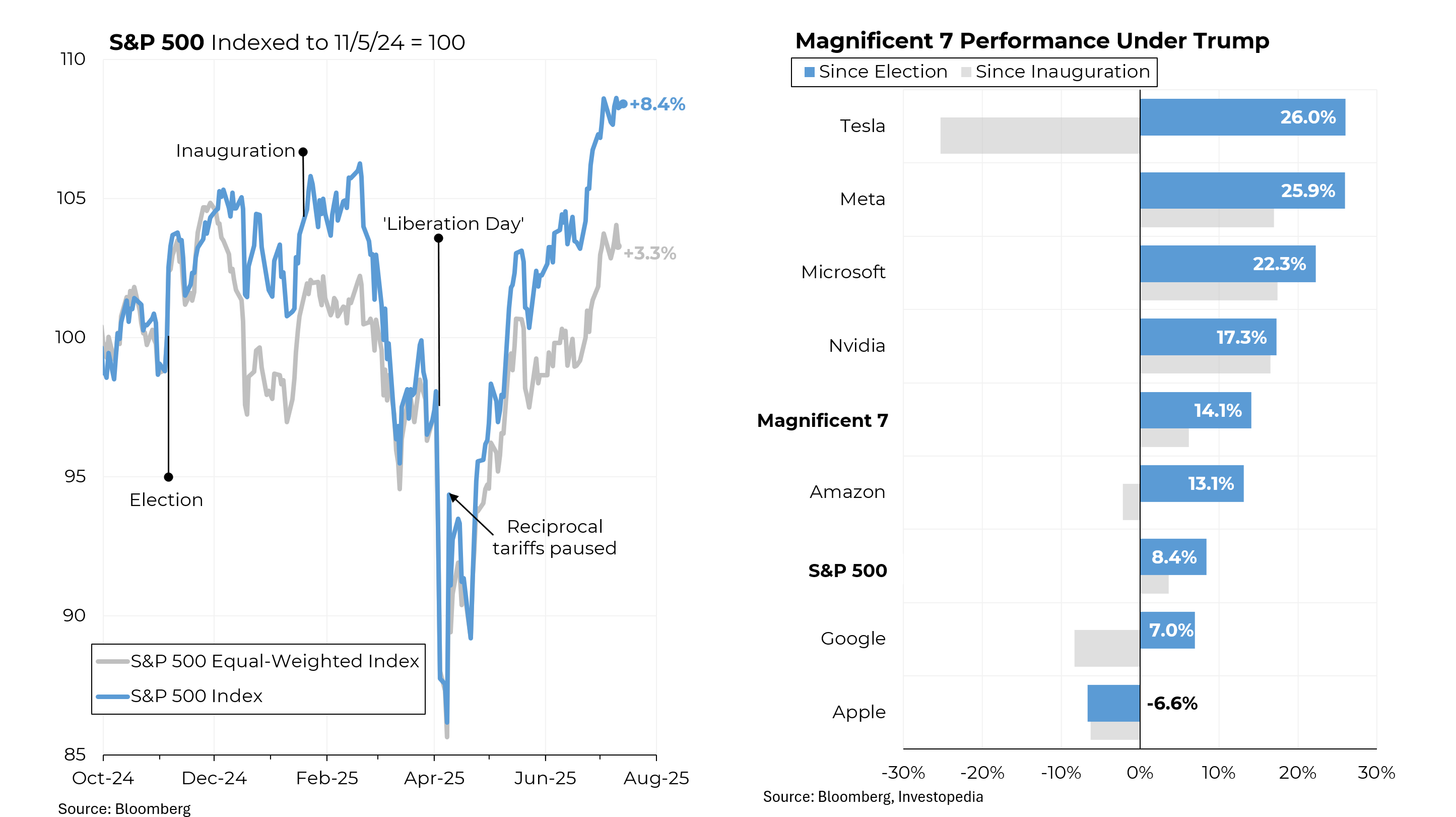Orginally published in the New York Times.
The Federal Reserve’s powerful Open Market Committee will conclude a regular two-day meeting early Wednesday afternoon with an announcement on its next move on interest rates.
The direction is surely upward; the only question is by how much.
Until Monday afternoon, Fed leaders were signaling a half-percentage point increase. But following an ugly day on Wall Street and a barrage of criticism from Fed watchers, the central bank now appears to be headed to a rise of three-quarters of a percentage point.
That would be welcome. As Friday’s Consumer Price Index report made clear, inflation is raging, and the central bank needs to move more aggressively to cut off the upward spiraling of prices.
The Fed has yet to evince a full grip on this reality. Its most recent economic forecast, issued in March, predicted that inflation would moderate substantially in 2022 even as the Fed’s benchmark interest rate — currently at 0.75 percent to 1 percent — would remain below 2 percent and unemployment would drop to 3.5 percent.
That scenario runs counter to both history and theory. Far more substantial interest rate increases have always been necessary to restrain fast rising prices. And higher rates slow inflation by slowing the economy, which in turn means fewer jobs, higher unemployment and often, a recession.
No one wants a slower economy, much less a recession. But a measure of economic pain is the price we must bear for a combination of bad policy and bad luck. Yes, the havoc wreaked by Russia’s invasion of Ukraine played a part, particularly in the surge in energy and food prices. But so have policy errors, for which the central bank bears significant responsibility, along with the Biden administration.
The inflationary die was cast, in effect, by the response to the pandemic, well before Russian troops crossed the Ukrainian border. Borrowing a page from its successful response to the 2008 financial crisis, the Fed pushed interest rates close to zero and bought trillions of dollars of debt securities. The ultralow interest rates encouraged a surge in the value of a vast array of assets, from equities to houses to art. Meanwhile, a flotilla of government stimulus programs put more than a $1 trillion of extra cash into Americans’ bank accounts.
As the lockdowns eased, consumers rushed to spend. Prices rose 7 percent in 2021, the largest increase in four decades. It’s not hard to see how the Fed got this so wrong. For a decade before the pandemic struck, the Fed’s challenge was not curbing inflation but getting prices to rise faster, to achieve both its 2 percent inflation target and faster economic growth. By February 2020, unemployment had fallen to 3.5 percent with no acceleration in inflation.
When the Biden administration took charge amid the pandemic, the mantra from the White House became that it was better to do too much than too little, an axiom that the Fed enthusiastically adopted. All told, in just two years, the Fed bought nearly $6 trillion of bonds, far more than the $3.9 trillion purchased over the much longer period of 2008 to 2014.
Similarly, the amount of budgetary stimulus was considerably greater than during the financial crisis, totaling 4.4 percent of the economy, almost twice the relative size of the previous round.
The pandemic proved a substantially less daunting economic issue than Washington feared, which led to way too much money sloshing around, particularly when supply problems (at least some of which should have been foreseen but weren’t) emerged.
To make matters worse, the Fed was inexplicably slow to reverse course, even when the need became glaringly obvious. A red-hot housing market notwithstanding, the central bank continued to add mortgage securities to expand its balance sheet until just three months ago, when it also first raised interest rates.
The Fed must make amends for its mistakes — and it should do so quickly. One key lesson from past bouts of inflation is the importance of acting before large future price increases become embedded in the expectations of businesses and consumers.
We are close to that tipping point. A Federal Reserve survey conducted in May showed that consumers believe prices will rise by 6.6 percent over the coming year. For their part, financial markets are projecting inflation of nearly 3 percent over the next five years, also well above the 2 percent objective.
A 75 basis point increase (the equivalent of three-quarters of a percentage point) would be an extraordinary step for the Fed, taken only once (in 1994) since the double digit inflation of the early 1980s.
Unfortunately, in another error, Mr. Powell had been keeping a 75 basis point increase off the table to try to keep markets calm, saying in early May that it was not being “actively” considered.
Now, markets have made clear that they would be calmer if they believed that the Fed was finally trying to get ahead of the curve, instead of lagging behind it.
A 75 basis point increase, coupled with a strong statement that it will continue to address inflation aggressively, would help shore up the Fed’s shaky credibility.





